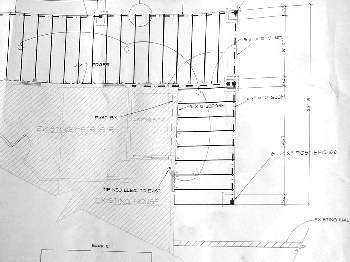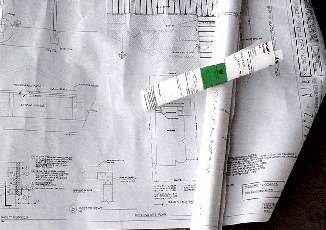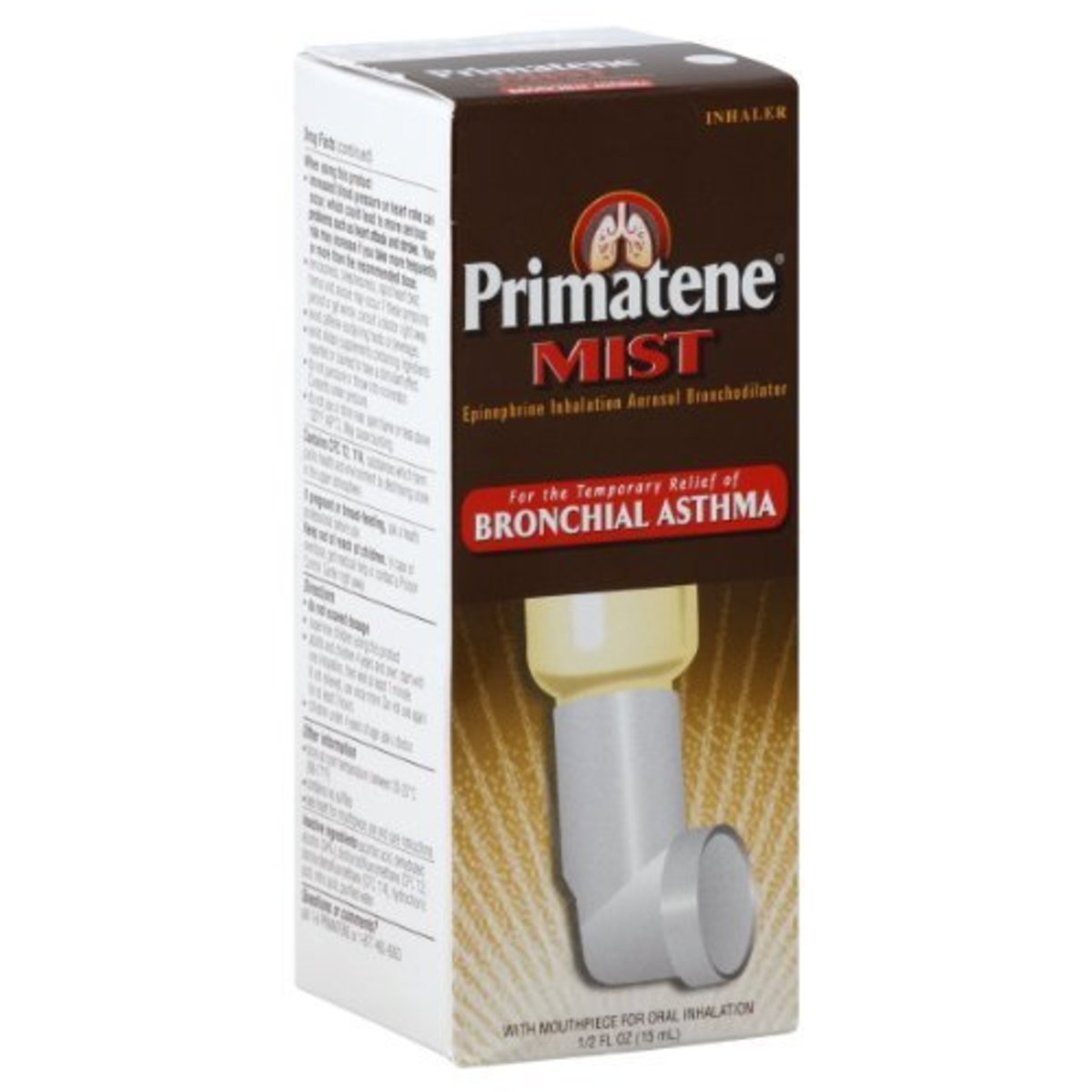How to Make Substitutions


I first wrote on this topic for the August 2006 newsletter for the Arizona Registrar of Contractors. It was an honor to have written on this subject for that Agency and as I re-publish this now in a little more detail, I hope to maintain the expectations of excellence that the ROC placed on me originally when I wrote that first article for their newsletter.
To begin, after the plans and specification are completed for a project, there are two points at which a contractor may request to change from a product that is specified in the construction documents. The first point in time is during the bidding phase, and that is called a prior approval. The second point is after the contract has been award and during construction, which is called substitution. They are essentially the same thing, but because they occur at two different points in the project delivery they have slightly different requirements. It is my intent to help clarify the differences here.
Each project specification should outline the procedures for making both prior approval and substitution requests, usually found in Division 01. Those procedures will always take precedent over everything else for any particular project. The intent of this article is to provide general guidance for these procedures and is not intended for any particular project or intend to be used to supersede any specific project specifications. When approaching a specific project, the project manual / specifications will always be the presiding documents for the project. Saying that, I will now proceed.
All contractors, and even designers, have certain products that they have become familiar with, having had past success using, so they continue to use those same products repeatedly. Due to this repeated use, some of these contractors have worked out deals with these manufacturers for discounts as a result of the increased volume across separate projects. This is a buying power that the project owner can benefit from. Imagine buying a vehicle at a discounted rate, as if you have purchased 10 vehicles, even though you will only make this purchase once in the next five years. That is the supply chain focus that many contractors have developed and this has the potential of becoming a significant savings to the project owner. This supply chain focus is extensively studied in many MBA programs, so it is not an uncommon business practice.
Here in lies a potential problem. When bidding on a project, many contractors make the error of bidding from these normal manufacturers / suppliers they use, and not the specified manufacturer / supplier specified in the bid or contract documents. When bidding, you need to make sure that you cover the cost of all items and products as specified. Failure to do so may cost the awarded contractor a lot of money and time during the project.
The first chance for a contractor to include this supply chain value is during the bidding phase of the project and is called a “prior approval”. If the contractor wishes a particular product or item to be used other than the specified product, the contractor must submit a request for a prior approval while the project is being bid. If the product is approved by the designer, then all bidders will be allowed to use that product in their bids in place of the specified product if they so choose. This should not be a concern because if the requesting contractor is truly getting a volume discount then the requesting contractor’s competitors should still be paying more for that product so the requesting contractor still maintains a competitive edge. Some contractors take a big risk by not making this request for prior approval as a substitution may not be granted during construction. That is why the “prior approval” is done in the bidding stage and it assists in keeping the playing field level for all competitors, allowing a direct comparison of the bids returned.
Usually the standards for prior approvals are less stringent than when making a substitution, so it is an advantage that a contractor should consider. Usually the only requirement for a prior approval is that the requesting contractor has to prove the requesting product is “substantially equivalent” to the product specified. Contractors that bid on a non-specified product of lower cost runs a tremendous risk if the product is not allowed as a substitution, as will be discussed next. Prior approvals do not require a change order as it has been accepted prior to acceptance of the construction contract. There are two topics that will be discussed about this in a few moments. First, it is the sole responsibility of the requesting contractor to prove substantial equivalency, no one else has the responsibility of proving equivalency. If the requesting contractor fails at proving the alternative product’s equivalency to the specified product, it will be rejected. Second, the designer is the sole judge of equivalency.
However, this does not mean that the only time a request can be made is during the bidding process. A request can be made after the bid has been accepted and awarded. Nevertheless, ANY substitution must meet certain criteria to even be considered. The specifications (usually in Division 01) should describe the conditions for making a request for a substitution. These are more restrictive than for a prior approval, and that is why it is better to submit for the prior approval. Most commonly there are only three reasons that a substitution would be entertained. They are: 1 – the specific item or product is no longer available, 2 – a cost savings, or 3 – a time saving. A product that is no longer available is the only one, generally speaking, that can occur in one of two different forms. The first, the product is not manufactured any longer for some reason, i.e. manufacturer is no longer in business, etc. The second, some temporary event has caused the product not to available. This may be from some event such as a natural disaster that has halted the production. If this temporary unavailability will set the project back in time, a substitution is an appropriate request to make. Any substitution MUST have included in the request any changes in cost and time to the original contract to be valid, even if the change is zero, and once approved a change order will have to be generated to track the acceptance of the alternative product. The reason a reduction of cost and/or time is required is due to the fact that it is understood that the bid was based on the item or product that was specified, it is assumed that was included in the original bid. To make a change the result must become a benefit to the owner; otherwise there is no reason to make the substitution. This is where many Contractors fail. This concludes the discussion on the introduction of the process of getting a prior approval or substitution.
Now for the next key for a contractor’s request to use a different product. That is, the requesting contractor is 100% responsible for proving the alternative product is substantially equivalent to the specified product. If the project specifications contain any ASTM specifications, UL standards, or any other performance criteria, the requesting contractor must prove equivalency to what is contained in the specifications. If the specifications do not contain all the data required, then the manufacturer’s data will have to be utilized. The requesting contractor is submitting the request then that is whom also holds burden of proof of equivalency. When I review these requests, it is quite simple, if the needed equivalency information is not readily seen on the submission it is rejected. As the reviewer, it is absolutely not my job to research anything. If it is not obvious, I assume it is not equivalent. This starts with the forms required for the submittal. If the request forms are not correct, I will not even open the submittal, it is rejected. The specifications have the exact form(s) that should be expected, and they must be completely filled out. Remember, the burden of prove is on the requesting contractor, not the reviewing professional.
If the product being proposed meets a different ASTM specification than the product specified, the requesting contractor must prove the alternate ASTM specification meets the requirements of the specified ASTM specification. I have had contractors submit a different ASTM specification, and once I looked at the alternate ASTM, the title told me that the material for the alternate product was not even the same material for the specified product. Submittal rejected. I am very precise on substitutions as I see it as a fairness issue. All the bidders that lost out on this project is assumed to have bid per plans and specifications, so I see it as an unfair advantage allowing the requesting contractor to submit an alternative without good cause. The other issue I have, even when there is a deduction in cost, the client never gets full value of that deduction. If the real savings is $100 to the contractor, usually the deductive change order comes to $75. The understanding is that the bid included the $100 value, so the client should be getting a full $100 value to prevent the contract from being devalued to the client.
Finally, the requesting contractor is responsible for all costs associated with the alternate product. If the HVAC unit requires additional engineering to prove it still meets the design criteria, then that cost MUST be included in the request. I have been known to reject requests for that alone. If the contractor makes a request that will save the client $1,000, but the engineer requires $1,200 in design fees to verify the alternate will work, will the requesting contractor pay that extra $200 or is it expected the client will have to bear that additional cost?
Just as a 2 x 4 is not 2” x 4”, its nomenclature is referred to as “nominal”. Many other products are referred to as “nominal” sizing. HVAC systems are especially that way. Just because one manufacturer references a unit as 5-tons, it does not mean that it produces the same capacity as a 5-ton unit from another manufacturer under the same conditions. I have had a contractor that placed a unit on the roof of a project that was “5-tons” just to have him remove it because the actual capacity of that unit required the unit to be 6.5 tons from that same manufacturer.
The specifications must be analyzed carefully before submitting the request for alternate. When the specifications require the alternate to be equal, it can carry a very narrow scope definition that a contractor is unaware of. On a project many years ago, I rejected a substitution for a dock leveler three times, because there were three metal angles within the unit that had substantially lower strengths than the specified unit, and no client benefit was illustrated in those submissions. The specified unit was eventually installed, and that probably cost the Contractor money and time, as the specified unit was probably more expensive than the unit that was to be substituted and the contractor wasted a lot of time resubmitting after the initial rejection.
Finally, the best interpreter of the construction documents is the person that developed them. That person is the one that knows everything about the project and should be able to see all the ramifications of alternative products. If the project is a regulated project (requires a Registered Professional) then that Registrant is the only person that can make a legal judgment on equivalency. In Arizona, the Board of Technical Registration, has determined that the exercise of judgment constitutes the practice of the profession, which requires a Registrant. As the Registrant of Record for a project, there is no way I would accept anyone, even another Registrant, to usurp my authority or liability on my project. Unless that other Registrant is will to take all responsibility from me and become Registrant of Record for the entire project.
Recently I have been hearing many non-Registrants freely giving their “opinions” on professional matters, and I have been on record saying the same thing to all of them. When you grow up and get Registered yourself you can give your opinion, until then stop practicing without a Registration. In a previous article, I have referenced a ruling in the Hyatt Regency collapse that basically said that the Registrant is the one with the ultimate responsibility and liability and as such, that is the one that should make all decisions on product equivalency.
My advice to designers and Registrants alike, be sure to set criteria that will allow a completive choice for your client. You do not want to always have products that perform too far above the intended requirements, you will not get the intended use and as a result waste the client’s resources. That will get you a reputation and clients may opt for another designer for future projects. For example, many years ago, I had bought a brand-new truck and was finally replacing the tires after a while. I bought four of the expensive tires (about 40% more in cost) with an 88,000-mile warranty. Many years later when I finally had to replace those expensive tires, because the desert heat was rotting them, my treads still looked brand new. I paid a lot of money that I never used as I never got the mileage I paid for out of those tires. It will always be beneficial to the client if you always select the highest priority qualities of a product when judging equivalency. Besides that, will help all the industry by keeping everyone under competitive pressure.
Closing Thoughts
Contractors have a means to request alternative materials in the natural course of a project, there is never a way to prohibit such requests. It only requires a contractor to follow the process and lives up to the required burden of proof of product equivalency. However, the caveat is that the designer is the one and only that can make the decision on equivalency, no one else, as that is where the legal responsibility falls.
© 2010 Dan Demland








